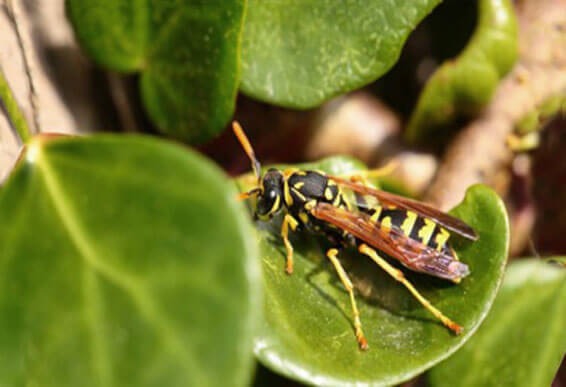
Wasps and hornets are never fun to encounter. Diatomaceous earth functions as natural wasp and hornet prevention. Wasps and hornets will not build nests where DE has been applied. Depending on your climate, you can begin seeing wasps in early spring, throughout the summer, and into the late fall. One of the best ways to utilize diatomaceous earth with wasps and hornets is to treat it as a preventative measure or repellent. Follow the steps below to protect your home and family.
Step 1:
Locate the areas in your yard or farm where you traditionally have had issues with wasp and hornet nests. The majority of wasps and hornets will build nests in dark, low-lying locations such as BBQ grills, under the stairs, patio decking, and patio furniture. It's important to treat these areas with diatomaceous earth directly to remove the problem.
Step 2:
Apply a fair amount of Crawling Insect Control diatomaceous earth in those areas where wasps and hornets have caused problems. Make sure there is sufficient coverage; it only needs a light, but thorough, dusting. The Gilmour Duster is a great applicator for this. You may also want to use a wet application if you live in a dry climate.
Step 3:
If the problem seems to have gone away, repeat the process every 4 to 5 weeks for continual prevention. You can apply more as needed, depending on the number of wasps and hornets that need to be controlled. Also, apply more DE after heavy rainfall.


